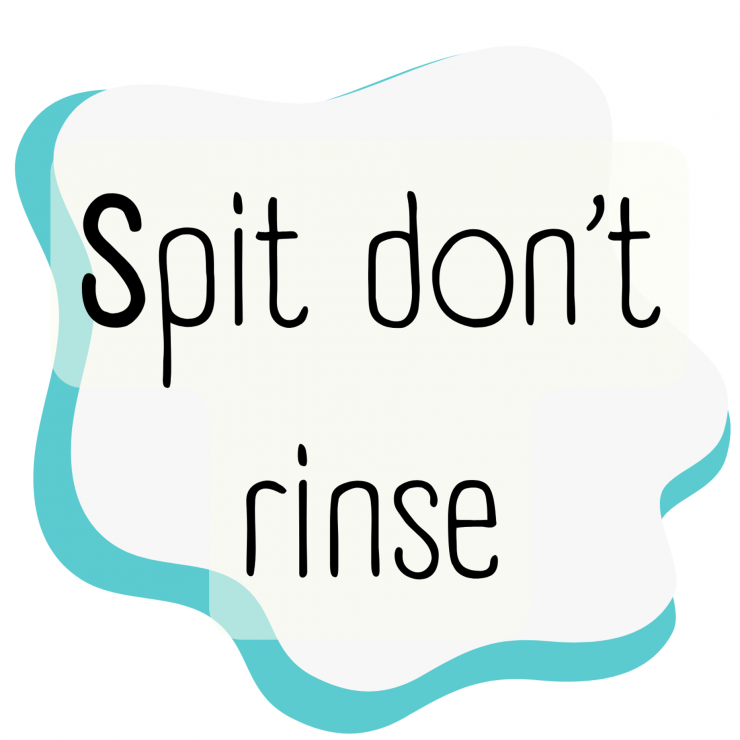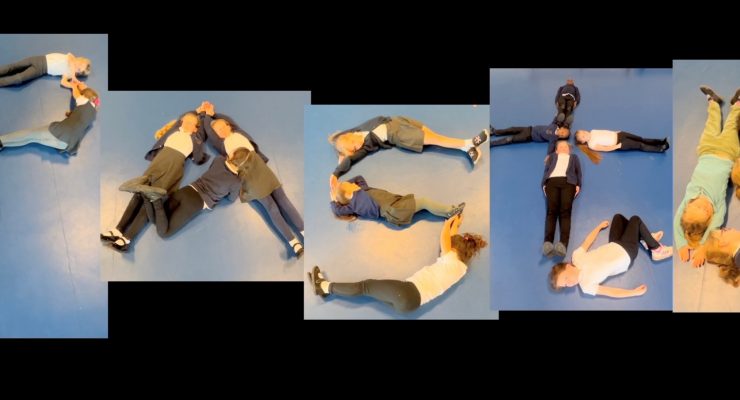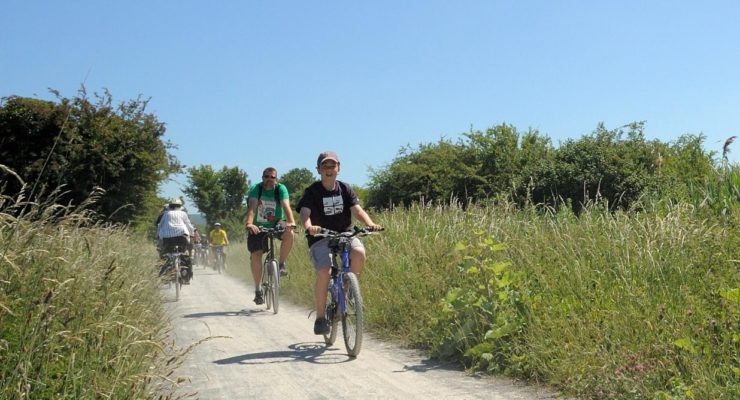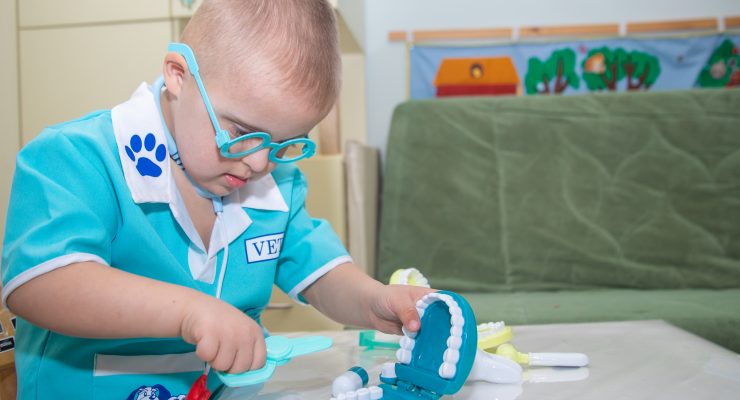Toothbrushing
Why is brushing important?
Plaque is a natural layer of bacteria which forms in our mouths, particularly in the area where our gums meet our teeth. When plaque eats the sugar left on our teeth, it produces acid – this acid is what damages our teeth causing decay and gum disease. Starving the bacteria of sugar, and cleaning it away regularly are the best ways to keep our teeth healthy.
Two minutes, Twice a day
- It is important for everyone, from babies with their first tooth, right through to those with no teeth left, to brush teeth and gums for two minutes, twice a day: before bed and at one other point in the day.
- Find the best time that works for you and try to stick to that routine, as this will help you to remember everyday.
- Try to avoid brushing for half an hour after eating, as the acids will damage teeth while you brush.
- Toothbrush timers can help to keep things going for the full two minutes. Brush DJ is a smart phone app which plays music for 2 minutes and has been proven to help with brushing children’s teeth for the full time.
Use small, soft toothbrushes
- Use a toothbrush with a small head and soft bristles – these allow you to brush in circles around the sides of the teeth and get into all the small gaps to remove food or germs hiding in there.
- For those who struggle with toothbrushing, special three sided toothbrushes have been designed that clean all the surfaces of the tooth and the gum line, at the same time. However it is still important to clean in the gaps between teeth using dental floss of interdental brushes.
Use fluoride toothpaste
- Use toothpaste with fluoride in it. Teeth use fluoride to make small repairs and stay strong. The mouth uses it to recover from bacteria and acid.
- Children under three years old need toothpaste with at least 1000ppm of fluoride in. Everyone aged over three needs somewhere between 1350 and 1500ppm fluoride – most standard toothpastes have 1450ppm, but it is always worth checking on the side of the tube.
- For children under three, use a smear of toothpaste, for anyone over three use a pea-sized amount. Regularly using more than this, can expose teeth to too much fluoride and can lead to accidentally swallowing toothpaste.
- Toothpaste that foams helps to push debris out from between teeth, but for those who don’t like the foaming try “dry brushing” – don’t add water to the brush. Non-foaming toothpastes are also available.

Spit don’t rinse
Spit out the toothpaste after brushing, but don’t rinse (even with mouth wash), as the fluoride in toothpaste will continue to be absorbed by the teeth for several hours. To allow the fluoride to absorb, avoid eating or drinking straight after brushing. Brushing last thing at night and not eating or drinking afterwards gives the best protection.
Supervision
Children should be closely supervised when brushing their teeth until they are at least 7 years old, so that they can learn the correct technique and make sure their teeth are cleaned properly.




